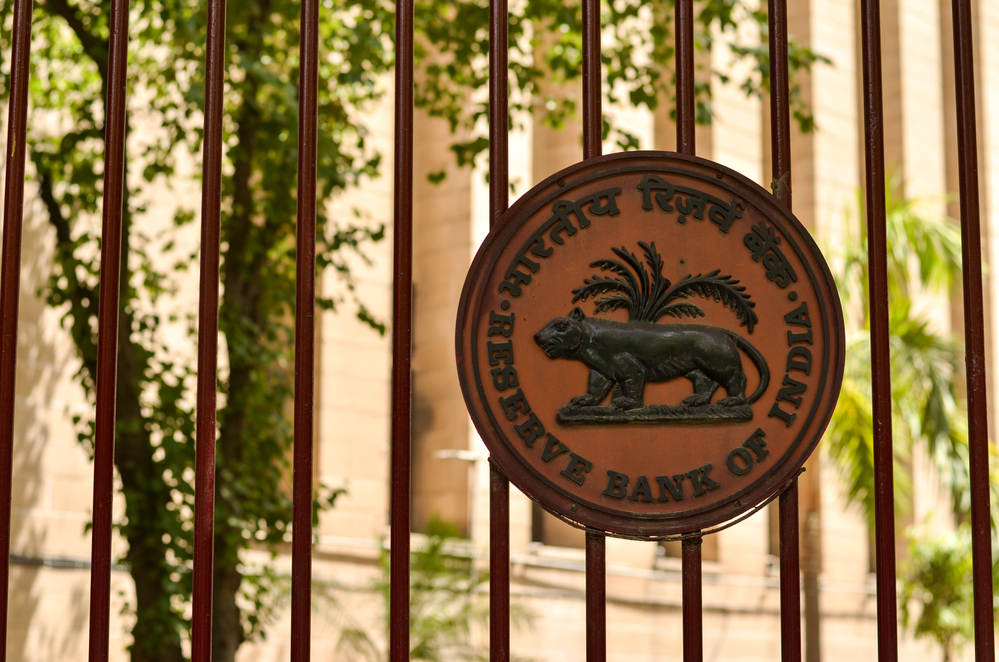Transforming Brick-And-Mortar Services Into Digital
There is an urgent need to shift the focus on investing in emerging tech to build long-term resilience

While the COVID-19 crisis led businesses to face serious challenges, it also drove organisations to heavily collaborate through digital tools, recognize the value of new-age technologies, and enable online and digital formats of business development and operations. Looking at the traditional NBFCs in particular, technology adoption in pre-covid scenario was largely restricted to a few critical functions. However, the uncertainty ushered in by the pandemic has accelerated this transition toward embracing technologies and positioning digital transformation at the front and center of business dynamics.
Buoyed by the rollout of the Covid-19 vaccine, consumer confidence is expected to see a jump which will help economic recovery. However, the digital technology adoption by customers during the pandemic is likely to be here for the long haul. Therefore, NBFCs must adapt this “new normal” and transform their brick-and-mortar services into digital. What does it mean in practice? Simply, NBFCs have to prioritize primarily projects supporting streamlining of existing digital journeys leveraging thorough analysis of funnel statistics and close cooperation with real customers on UX/process design as well as transforming existing “analogue” processes into digital.
According to the Boston Consulting Group report released in December 2020, the current pandemic is likely to shape consumers' shopping behavior in a way that the price will continue to hold sway in most categories including credit products. Another aspect is brand consciousness and loyalty, which is likely to increase during this period. According to the BCG survey, the percentage of customers, who like to buy from preferred trusted brands has gone up from 38 per cent to 61 per cent. The survey also revealed that online media as the key influencer in purchase decisions of consumers has increased by 10 per cent over the traditional word of mouth triggers compared to pre-covid statistics. BCG also highlighted that many online shops have witnessed a sharp acceleration of 40-50 per cent new users in their digital business.
It follows that NBFC should focus on offering the products meeting customers’ needs for reasonable price, accelerating their digital transformation, building a strong brand and customer trust in the online universe, managing cost, cash, and liquidity – operational efficiency and continuously analysing the dynamicity of consumer behaviour and needs with data science approach.
Digitisation strategy through partnerships
Today NBFCs are using technology more than ever and harnessing partnership ecosystems across the value chain of lead generation, customer onboarding, underwriting, credit/loan disbursement, and collection. Artificial intelligence (AI), machine learning (ML) and big data are equipping lenders to measure individual customer insights and build alternative credit scoring models. Besides, mobile and smartphone penetration is enabling NBFCs to connect with customers who can use their mobile devices throughout the lending cycle of application, e-KYC, and e-signature for disbursements. Going into strategic partnerships with well-established digital brands on the India market make sense more than ever before. This approach might sharply speed up the digital transformation of NBFCs. One of the examples of such an approach is the strategic partnership established recently between Home Credit India and MobiKwik, India’s largest digital credit platform, which launched Home Credit Money’ app–mobile application-based wallet providing end-to-end digital experiences for Payments and Credit to the users.
Introducing customised products
NBFCs all over are focusing on developing innovative products and also catering to low-income, urban customers in unorganised sectors. In such a scenario, it has become necessary for NBFCs to adopt business models which are powered by technologies. They need to think beyond the existing lending instruments to continually bring out creative and tailored products. Technology will help to achieve this objective of personalisation and flexibility that customers value. With the help of technology, customers would be able to transact just the way they want. Well targeted automated messages can be sent using technology to provide more personal access to customers. Personalized pricing offers can be delivered directly to the borrower via apps. A mobile solution that gives customers fast, around-the-clock access to loan information that is relevant and easy to understand. There is an increased incentive in making attractive custom offers easily accessible to customers. One of well-established technologies used for that purpose is SAS Real-Time Decision Manager (SAS RTDM) to drive real-time interactions with the customers, automate decisions and find superior ways to capitalise on customer interactions. SAS RTDM is based on specially developed analytical models considering specific business rules. Decisions are made based on the accumulated historical customer statistics and other factors.
Operational efficiency
Automating as much of the loan origination process as possible has and will continue to bring a distinct competitive edge. This will also allow a majority of the loan application, underwriting, and closing processes to happen online and remotely. Technology will make business operations and expansion much easier for NBFCs as the cost of administration could become significantly lower. Technology will also allow for better utilization of the available assets and manpower within less time and resources and provides better services and business processes. NBFCs might leverage, for example, various VoiceBot solutions available on the market to drive operational efficiency. The VoiceBot solutions are usually powered by AI that allows a caller to navigate an interactive voice response system with their voice, generally using natural language. VoiceBot solutions might optimize NBFCs processes in several verticals including Sales, CRM, Risk, Operations, and others.
Actionable intelligence
The conventional loan application usually followed a lengthy process with the requirement of manual intervention and human intelligence at various stages. NBFCs are now recognizing the need for end-to-end digitisation of the loan application process to speed up the process significantly. With that goal in mind, NBFCs are implementing AI powered virtual assistants embedded into the loan origination journeys to digitize and streamline the customer experience.
Large amounts of data into machine learning algorithms make a credit decision in as little as a few hours and assess your creditworthiness. Because they are entirely on the cloud, they have more data on the potential borrower than was previously available. Technology is therefore enabling lenders to quickly and easily gather transactional data from multiple data sources which are helping them get a clearer picture of financial stability and creditworthiness faster.
In the current context, data also can help proactively identify and help offset any short-term loss in income associated with the pandemic.
Conclusion
Digitisation of customer’s journeys, offering customised and flexible products, operational excellence, and building a strong brand in the online universe is imperative today. There is an urgent need to shift the focus on investing in emerging tech to build long-term resilience. Simply digitising traditional processes will not help organisations cut. The focus must be on using technology to do things in a new, improved way respecting the customer needs in the post-COVID-19 era.
The author is Chief Information Officer, Home Credit India
DISCLAIMER: Views expressed are the authors' own, and Outlook Money does not necessarily subscribe to them. Outlook Money shall not be responsible for any damage caused to any person/organisation directly or indirectly.









